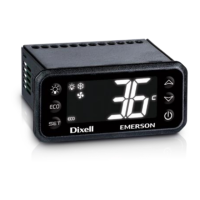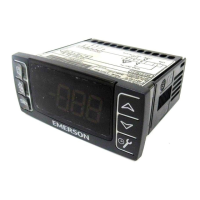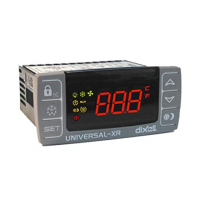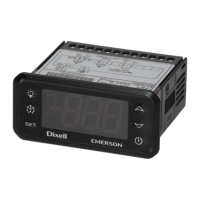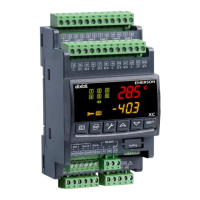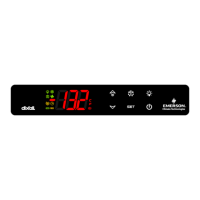User Manual Chapter 7
GFK-1742F Jan 2020
Programmed Motion 176
subroutines, identify the program and subroutine numbers, and indicate the type of
program (single-axis or multi-axis).
Block numbers and sync blocks
Block numbers will be suffixed with a colon (1: for example). Sync blocks are identified by a
line with a block number followed by the SYNC command (2: SYNC for example). Block
numbers may appear alone on a line or preceding a motion command on the same line.
7.7.1 Motion Language Syntax and Commands
White space
White space has no significance and is ignored, except where necessary to use as a
separator. For example, in “CMOVE AXIS1 50000, ABS,S-CURVE” a space is required as a
separator between CMOVE and AXIS1, but is not required in the phrase 50000,ABS because
the comma separates the parameters. Blanks, blank lines, and tabs are considered white
space.
Numeric Constants
Numeric constants are limited to 32-bit integer values, which may be signed or unsigned
depending on the context in which they are used. All motion commands further limit this
range. Numeric constants may be entered as decimal, hexadecimal, or binary values.
Hexadecimal and binary constants are identified by the prefixes, 16# and 2#, respectively
(do not use a space between the prefix and the number). Hexadecimal and binary constants
cannot be prefixed with a negative sign. Therefore, negative values must be entered in two’s
complement form. Numeric constants may contain single underline characters (e.g.
5_000_000) between digits to improve the readability of large numbers or to represent
implied decimal points in fixed point numbers.
Comments
The (* character pair introduce a normal comment, which terminates with the *) character
pair. These comments may appear anywhere white space can, for example within or
following a motion program statement, alone on a line, or spanning several lines. These
comments do not nest. The // character pair introduces a single line comment. All text
following the // to the end of the line is ignored by the Motion Editor. However, if using the
//, do not force a break to the next line (by using a Return) or an error will result. If you wish
to make long comments readable on the Motion Editor screen without the need for scrolling
to the right, you can use the (* and *) symbols (required for multi-line comments) along
with Returns (created by pressing the Enter key), which force the text to break to the next
line.

